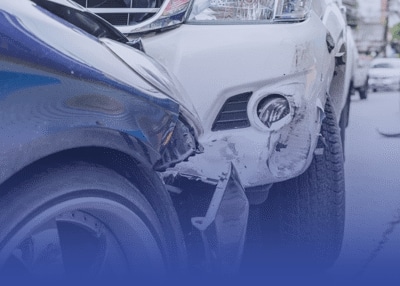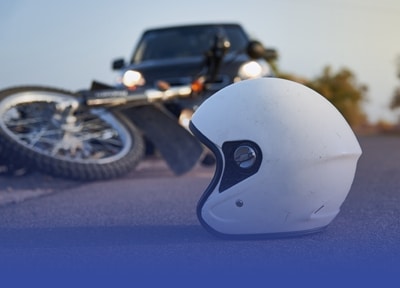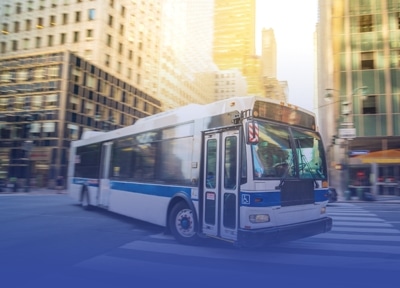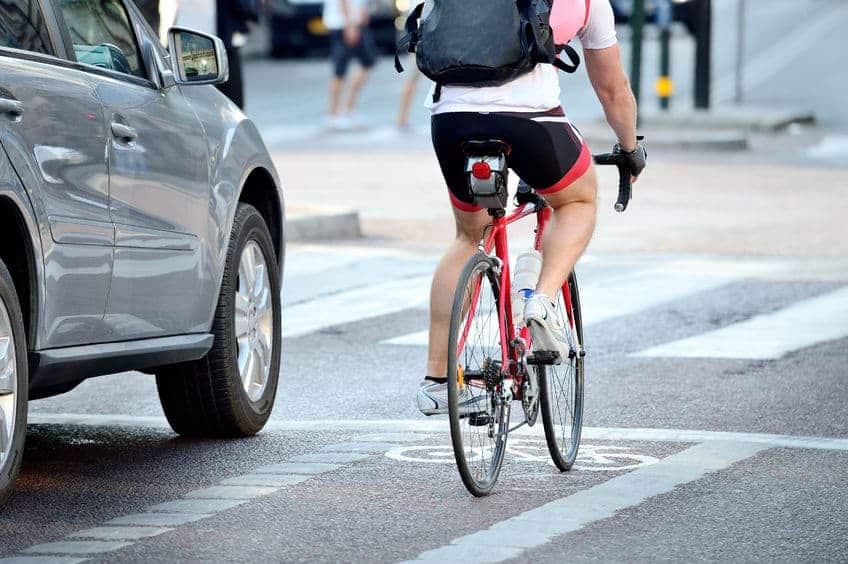3 January, 2022

There’s nothing more likely to spark a debate between cycling enthusiasts and motorists than asking if riders should have to stop at stop signs. While New York and California law say those on bikes should obey all traffic laws, lights, and signage while on the road, there are some exceptions that create a better traffic situation for everyone.
So, what are the advantages and disadvantages of rolling through stop signs while on a bicycle? And should cyclists even have to stop, or should they be allowed to maintain momentum and proceed cautiously on through? Let’s examine this ongoing debate.
Unsurprisingly, anyone who has spent an afternoon stuck in traffic can attest to the number of cyclists who don’t fully obey all stop signs and lights. This is in spite of laws stating that bike riders must come to a full stop when a sign is present. A recent study found that more than 89% of bicycle accidents occur at intersections, but attitudes are changing about whether it’s the lack of stopping that’s behind this number.
When a cyclist appears to slow down but continue through a stop sign, this is dubbed an “Idaho stop” because the state was one of the first to allow this kind of maneuvering on its roads. With the bicycle population booming in New York and California, the states are currently evaluating just what risks come with enforcing complete stops versus yielding and proceeding through.
To really evaluate this situation, it’s important to understand the function of stop signs in traffic. Are they intended to regulate vehicle speeding or control traffic flow? Actually, neither! A stop sign helps to dictate the order in which traffic can proceed through an intersection, essentially determining whose turn it is to pass through into new road zones. When a cyclist performs a rolling stop, they disrupt this order and are sometimes seen as flaunting the law.
Coming to a complete stop enables bike riders to fully clear an intersection before proceeding. This can help to avoid a distracted observation of the current traffic situation and allow time to watch out for unexpected motorists making a sudden right turn.
As mentioned earlier, stop signs are in place to mostly dictate whose turn it is to enter a new traffic zone. When a cyclist cuts through suddenly without following the proper procedure at a stop sign, other drivers might be unsure who is next and cut out in front of someone else. It’s best just to stop and keep the flow of traffic normal.
A big motivator for adhering to traffic rules by coming to a full stop is it’s the law. Law enforcement is cracking down on cyclists who do not obey signs and signals. There have been reports of tickets with $130 fines for not completely stopping at a vacant intersection. It’s just not worth disobeying the law.
Negligence from any party can result in devastating accidents, underscoring the need for heightened awareness and adherence to traffic laws to prevent personal injury accidents. At The Barnes Firm, our experienced and trusted bicycle accident attorneys have helped more than 50,000 clients get the best result possible. From the first phone conversation through to the final settlement, the team of attorneys at The Barnes Firm will work hard for you every step of the way.
The Barnes Firm (800) 800-0000
Written by The Barnes Firm, reviewed by Richard Barnes

Rich Barnes
President
Richard Barnes: “As President of The Barnes Firm, I have dedicated my career to achieving justice in hundreds of cases for the victims of injuries caused through the fault of others. Additionally, I have been honored to have been elected Best Lawyer and a Super Lawyer”
Years of Experience: 30+ years
LinkedIn Profile: Richard Barnes


This page has been written, edited, and reviewed by a team of legal writers following our comprehensive editorial guidelines. This page was approved by attorney president Rich Barnes who has more than 30+ years of legal experience as a practicing personal injury trial attorney.
The Barnes Firm is here to help you. Our personal injury firm helps individuals and their families who
have suffered an injury in an accident.

Whether your car crash was minor or serious, any injuries sustained in an accident can be painful and costly.

All motorcycle accidents are different, the compensation you receive will depend on the circumstances surrounding your accident.

A truck accident can be catastrophic, even in low-impact crashes, if you or your family are involved, you may be entitled to significant financial compensation.

There are dozens of accidents involving school buses each year, most commonly, involving children outside a school bus.
Explore Articles Related to Your Situation

Bicycles are ideal for navigating heavy traffic and congested city streets. Unfortunately, ridi...
read more
As the months grow warmer and outdoor activities become safe again, bicyclists will be out-of...
read more
When you plan a bike ride, you’re probably wondering if you need sunscreen or how long your r...
read more
Distracted driving took the lives of nearly 2,900 people in 2018, including drivers, passenge...
read moreWe are always available to discuss your case. Give us a call at (800) 800-0000.
Fill out our form and we will contact you shortly to discuss your case
Our attorneys will come to your home, office or hospital at your convenience.
We are available anytime, including after hours and
weekends.
420 Lexington Avenue
Suite #2140
New York, NY 10170
Phone: (800) 800-0000
Fax: +1 (800) 853-5153
600 Old Country Road
Suite #425
Garden City, NY 11530
Phone: (800) 800-0000
Fax: +1 (800) 853-5153
500 Pearl Street
Suite #700
Buffalo, NY 14202
Phone: (800) 800-0000
Fax: +1 (800) 853-5153
451 Grider Street
Buffalo, NY 14215
Phone: (800) 800-0000
Fax: +1 (800) 853-5153
28 East Main Street
Suite #600
Rochester, NY 14614
Phone: (800) 800-0000
Fax: +1 (800) 853-5153
633 West 5th Street
Suite #1750
Los Angeles, CA 90071
Phone: (800) 800-0000
Fax: +1 (888) 800-7050
555 12th Street
Suite #1470
Oakland, CA 94607
Phone: (800) 800-0000
Fax: +1 (888) 800-7050
655 W. Broadway
Suite #940
San Diego, CA 92101
Phone: (800) 800-0000
Fax: +1 (888) 800-7050